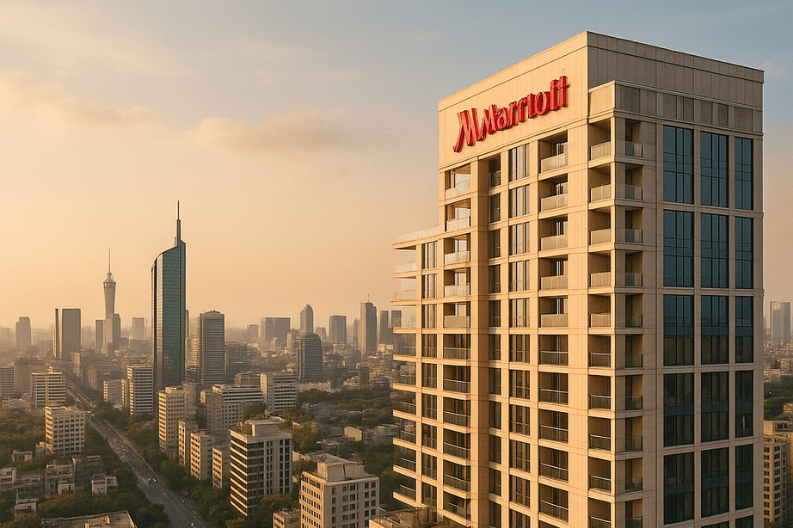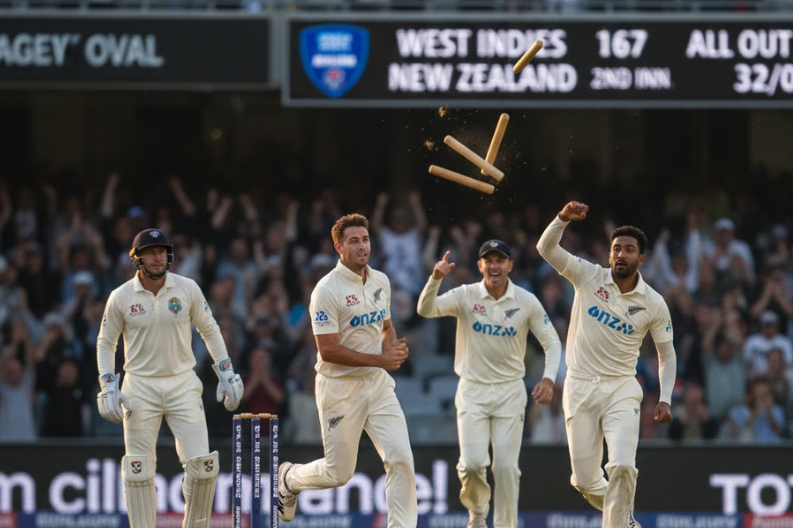India’s growing role in the global branded residences market shows how the country is becoming a major player in the luxury housing sector. A new report by Knight Frank India, a leading real estate consultancy, reveals that India now ranks sixth in the world for live branded residence projects. The country contributes 4% of the total global supply, highlighting its strong position in this fast-growing segment.
The report also shows that India ranks tenth for future branded residential projects, accounting for 2% of the upcoming global supply. This rise is supported by a growing population of wealthy individuals. As of 2024, about 85,698 people in India have a net worth of over $10 million. They make up 3.7% of the world’s high-net-worth population, fueling demand for premium homes.
Cities like Mumbai, Delhi-NCR, Bengaluru, and Pune are leading this growth. These cities are becoming hotspots for luxury real estate, attracting both domestic buyers and foreign investors. But what makes branded residences so special? They are homes associated with famous brands, often from the hospitality sector. These residences offer high-end services and amenities similar to five-star hotels, including concierge support, housekeeping, wellness centers, and exclusive clubs.
The global demand for branded residences is rising rapidly. Knight Frank’s The Residence Report 2025 shows that the number of branded projects has grown from 169 in 2011 to 611 in 2025. By 2030, the total number of units is expected to exceed 162,000, up from 27,000 in 2011. This reflects a strong shift toward premium living experiences worldwide.
Currently, hotel brands dominate this market, making up about 83% of all existing branded residence projects. However, their share could slightly decrease to 80% in the future as standalone luxury brands enter the space. Liam Bailey, Knight Frank’s global head of research, said the sector’s growth has accelerated since 2023 due to rising demand and developers’ focus on premium positioning.
Globally, the landscape of branded residences is changing. While the United States remains the largest market, its dominance is slowly shrinking. The Middle East is seeing rapid growth, especially in countries like the UAE and Saudi Arabia. Today, North America accounts for 26.2% of future projects, while the Middle East has surged to 26.7% from just 15.9% of existing developments.
Asia-Pacific, including India and Thailand, is becoming a key focus for developers, although its share may slightly decline as companies target emerging opportunities in Latin America and the Middle East. At the same time, more developers are moving away from hotel-linked projects toward standalone branded residences. These projects carry the prestige of luxury brands without attaching them to hotels, offering greater exclusivity.
In India, luxury housing demand continues to rise across major cities. Hyderabad, for example, has seen increased interest in sustainable and eco-friendly designs alongside luxury amenities. Developers are exploring ways to balance sustainability with high-end living to meet evolving buyer expectations.
The appeal of branded residences goes beyond luxury. They also serve as long-term investments, offering higher resale values and rental yields than standard properties. Moreover, the association with a recognized brand gives buyers confidence in quality, service, and security.
In conclusion, India’s growing role in the global branded residences market reflects a broader shift in global real estate. As the number of wealthy individuals grows and demand for luxury homes increases, cities like Mumbai and Delhi-NCR will help India play a central role in shaping the future of branded living. As this market evolves, India’s combination of economic growth, lifestyle aspirations, and global brand partnerships will make it one of the most important hubs for premium residential real estate worldwide.



